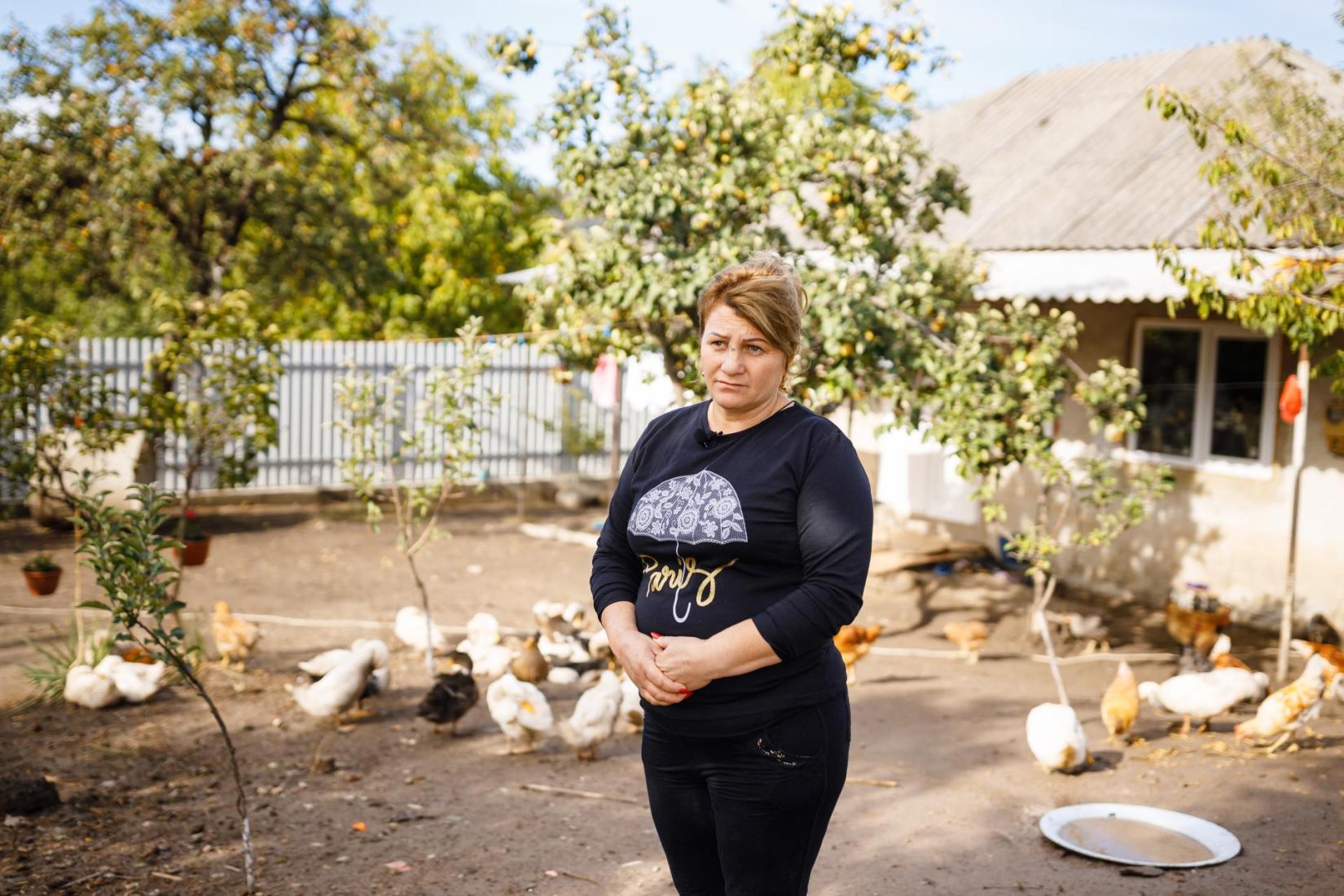Profiling poverty beyond income shows where to have the biggest impact in a world in crisis
17 October 2022
- Most of the Moldovan poor reside in rural areas

The new Multidimensional Poverty Index (MPI) released today finds that reducing poverty at scale is possible and unveils new ‘poverty profiles’ that can offer a breakthrough in development efforts to tackle the interlinked aspects of poverty. This analysis by the United Nations Development Programme (UNDP) and the Oxford Poverty and Human Development Initiative (OPHI) at the University of Oxford looks beyond income as a measurement of poverty to understand how people experience poverty in different aspects of their daily lives – from access to education and health, to living standards such as housing, drinking water, sanitation, and electricity.
The report notably identifies a series of “deprivation bundles” -- recurring patterns of poverty -- that commonly impact those who live in multidimensional poverty across the world. The data are used to identify the different poverty profiles that are more common in certain places. This is a crucial step in designing strategies that address multiple aspects of poverty at the same time.
Even before the COVID-19 pandemic and the current cost-of-living crisis are accounted for, the data shows that 1.2 billion people in 111 developing countries are living in acute multidimensional poverty. This is nearly double the number who are seen as poor when poverty is defined as living on less than $1.90 per day.
“With recession clouds on the horizon and debt gripping some 54 developing countries, we are seeing how tight government budgets are becoming even tighter -- it is vital to leverage the power of cutting-edge data and analytics to understand where the biggest difference can be made with increasingly scarce resources,” argues Achim Steiner, UNDP Administrator. “For example, this multidimensional analysis shows us that decarbonization and expanding access to clean energies will advance climate action -and is also critical for nearly 600 million multidimensionally poor people who still lack access to electricity and clean cooking fuel.”
The Multidimensional Poverty Index value for the Republic of Moldova is 0.004, according to the latest available data from 2012, included in the global MPI. The absolute poverty rate in the country is 24,5% (2021), most of those poor residing in rural areas (32.8%) versus urban areas (11.9%). Women are at higher risk of poverty in Moldova – 26.3% of women are in absolute poverty, while men – 23.6%. The highest rate of absolute poverty is registered in households with three and more children (36.9%).
According to another recent UNDP report, Moldova is one of the countries facing the most drastic impacts of the global cost-of-living crisis catalyzed by war in Ukraine.
Data from the first half of 2022 suggest a reduction in the rate of economic growth, while estimates show that the war in Ukraine could cost the economy of country between 2 and 10% of GDP, depending on the duration of the war, the intensity, and the territorial coverage.
UNDP Moldova has also conducted a study on the impact of the rising costs of energy resources on the energy poverty of the population, which found that 60% of Moldova’s population live in energy poverty, spending more than 10% of budgets on energy bills.
* * *
To learn more about the 2022 Multidimensional Poverty Index, visit: hdro.undp.org





